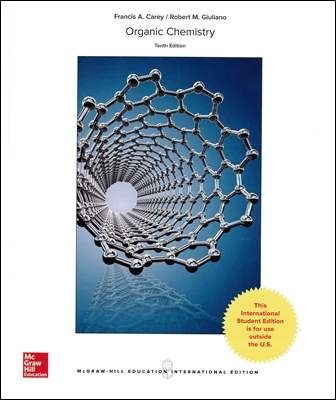書籍分類

Organic Chemistry 10/e
作者:Francis A. Carey, Robert M. Giuliano
原價:NT$ 1,350
ISBN:9781259253379
版次:10
年份:2017
出版商:McGraw-Hill
頁數/規格:1248頁/平裝彩色
版次:10
年份:2017
出版商:McGraw-Hill
頁數/規格:1248頁/平裝彩色
內容介紹 本書特色 目錄 作者介紹
- Description
For ten editions, Organic Chemistry has been designed to meet the needs of the "mainstream," two-semester, undergraduate organic chemistry course. This best-selling text gives students a solid understanding of organic chemistry by stressing how fundamental reaction mechanisms function and reactions occur.
分類位置:
理工 > 化學/化學工程 > 有機化學


